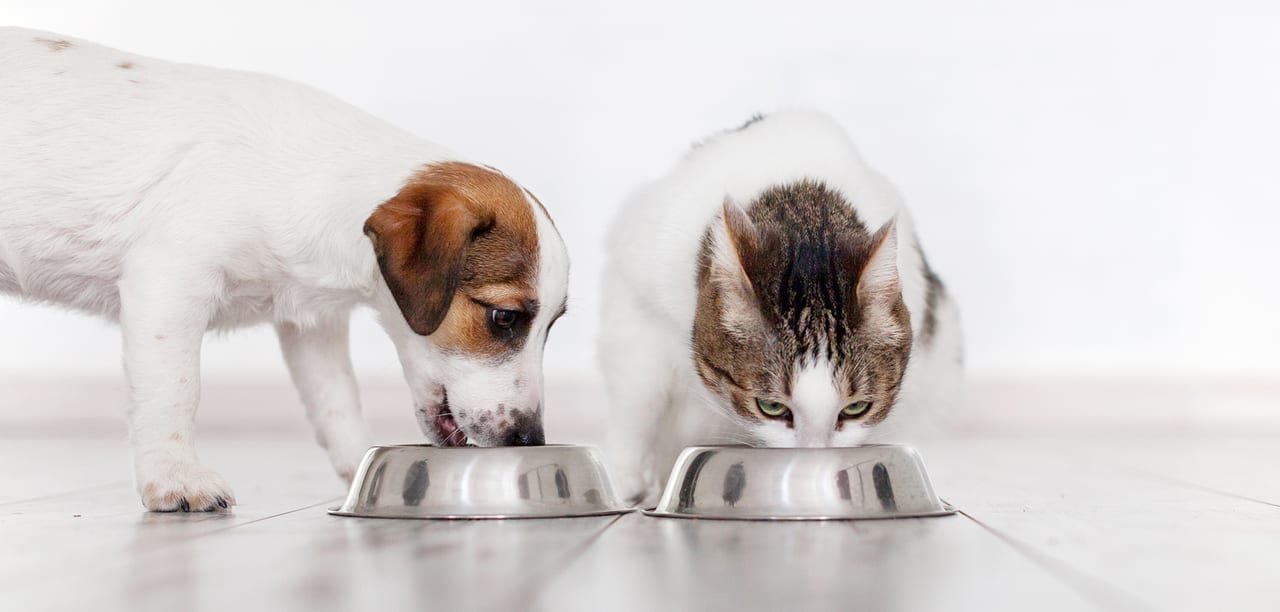Pet food ingredients:
The good, the bad and the ugly
Rather than waste meat byproducts and misshapen produce, “ugly” foods are finding a home as nutrient-rich ingredients in pet food
Beauty is in the eye of the beholder. Different people have differing opinions about what they find attractive. Can the same be said about ugliness? It appears not—at least not in the food industry. If a food is deemed “ugly,” it will not see store shelves. This is why companies like Misfits Markets, Imperfect Foods, Hungry Harvest and Preserve Farms Kitchens are gaining traction. Instead of throwing away these ugly foods, these companies are finding a way to combat food waste by utilizing foods that are less than cosmetically appealing.
Ugly food is not limited to produce, either. Meat byproducts—such as kidneys, hearts, skin and livers—do not appeal to most for human food consumption, but these “ugly” byproducts are rich in nutrients.
This is where pet food manufacturers come in. They play a key role in helping to avoid food waste by using ugly as well as upcycled food in their formulations.
“Pet food makers play an important role in helping to avoid food waste while still providing essential nutrition for our dogs and cats,” says Mary Emma Young, senior director of communications and strategic planning at The Pet Food Institute (PFI). “By using parts of the animal that humans choose not to eat, or ‘ugly’ produce that may not be sold at groceries stores or through other consumer outlets, pet food makers are helping to be part of a sustainable solution.”
Sharon Spielman, senior editor
Photo courtesy of Getty Images/jchizhe
Mary Emma Young
Senior director of communications and strategic planning at The Pet Food Institute (PFI)

Tony Moses
Director of product innovation, F+B team, CRB

In a report released by PFI, American Feed Industry Association and North American Renderers Association found a diverse array of more than 500 ingredients found in pet food, Young says. “This included specialty crops and produce such as peas, beet pulp or sweet potatoes. As pet food makers formulate their dog and cat food recipes and set ingredient specification with their ingredient suppliers, they provide a valuable outlet for ‘ugly’ food that may not otherwise be put to use.”
Tony Moses, director of product innovation, F+B team, CRB, adds that there are fantastic opportunities for pet food manufacturers to use ugly produce. “The ‘ugly’ moniker typically means that the produce does not meet the USDA’s highest grades for appearance, as an uncut fruit or vegetable,” he says. “Ugly does not refer to the nutritional value of the produce; it can provide the same vitamins and minerals as the highest grades. Fortunately, for pet foods, manufacturers use bite-sized ingredients, so pets can easily eat the product.”
Young says, “While there are parts of the animal that we Americans often choose not to eat, our pets find these ingredients delicious, and they are nutrient-rich. These animal byproducts are often used in dog and cat food recipes, keep pet food from competing (with) the human food chain and helps make our agricultural system more sustainable.”

Mary Emma Young, senior director of communications and strategic planning at The Pet Food Institute (PFI) joins Editor-in-Chief Michael Costa to discuss the use of upcycled ingredients and “ugly” produce in pet food formulations as a way to help fight food waste.


“While there are parts of the animal that we Americans often choose not to eat, our pets find these ingredients delicious, and they are nutrient-rich," says PFI's Mary Emma Young. Photo courtesy of GettyImages/kzenon
Moses agrees. “Ugly food is part of the bigger movement of upcycling.” He says that if you look at the EPA’s definition for upcycling, it is about getting more value out of food that is fit for human or animal consumption that might otherwise go to waste. “So, for upcycling meat byproducts, it’s less about byproducts that are ‘ugly,’ or don’t meet standards for appearance; it’s more about using meat cuts that may not be popular to consume by humans, such as skin, livers and kidneys. Though it might seem strange based on our food preferences, these components are highly nutritious and have desirable sensory properties for pets. It’s a fantastic way to realize value from less popular types of meat,” he says.
Manufacturing, equipment, processing
With regard to manufacturing meat byproducts, Moses says to treat them in the same way that you would treat your primary products. After all, they will ultimately go into a food product that needs to be nutritious and safe for pets. “This may mean considering how the product is processed, packaged, stored and transported in order to prevent foreign material or microbial growth,” he says. It may also require adding new quality control (QC) tests, account or brand managers that can advocate for the quality and supply of those ingredients.
Moses adds that for those using the byproducts, it is important to develop a good relationship with suppliers to ensure a consistent, quality product. “Make sure they understand your standards, and you can work with their manufacturing setup. Also, make sure you understand how the byproducts originate and the reliability of that stream,” he says.
Manufacturers should constantly look for ways to optimize their production and produce as much high value product as possible. Moses says, “If the byproduct is critical to your brand, it might be worthwhile to consider long term contracts, or higher prices, to ensure consistent supply.”

When manufacturing meat byproducts, CRB's Tony Moses says to treat them the same as your primary products, since they'll ultimately go into food that must be nutritious and safe for pets. Photo courtesy of Getty Images/izzzy71
